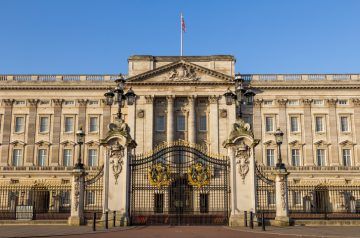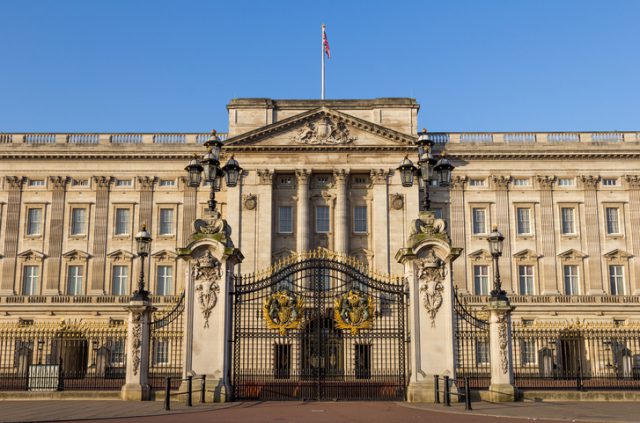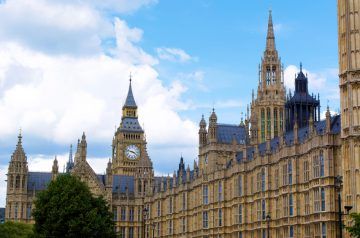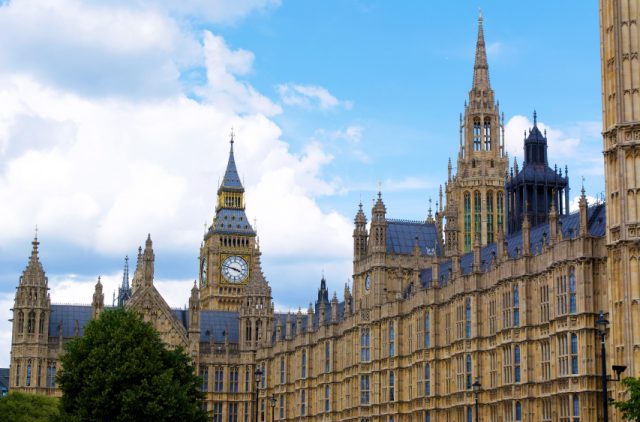Renting couples in London priced out of starting a home
Concerning new research conducted by crowdfunding platform property partner Property Partner has revealed bad news for renters in London looking to start a family.
Data from the investigation shows that those wanting to start a family while renting in London must pay an average of 55.6% of their combined monthly wage to rent a typical three-bed property.
This means that in one year, a couple would have to pay £29,520 in rent, before they even consider childcare and other associated costs.
Monthly expenses
The research looks at average monthly costs for rental prices for one and two bed flats in London. It then looked at how much it would cost to progress to an average three-bed house in each of the capital’s 33 boroughs.
Using the total average net monthly of earnings of a couple in London, amounting to £4,417, the investigation looked at the proportion of salary required to make the step-up.
Worryingly, it indicates that tenants are facing a nigh-on impossible task to rent larger properties in London. In Kensington and Chelsea-the last affordable borough-an average one-bedroom flat would cost more than 59% of their combined income. This rises to 92% for a 2-bed flat and 168% for a three-bed house!
The table below shows that 10 least affordable boroughs in London:
| Borough | Average rent for 1 bed flat | Rent as a % of combined salary for 1 bed flat | Average rent for 2 bed flat | Rent as a % of combined salary for 2 bed flat | Average rent for 3 bed house | Rent as a % of combined salary for 3 bed house |
| Kensington & Chelsea | £2,634 | 59.63% | £4,059 | 91.89% | £7,434 | 168.29% |
| Westminster | £2,602 | 58.90% | £3,864 | 87.47% | £5,978 | 135.33% |
| Camden | £1,814 | 41.06% | £2,738 | 61.98% | £5,383 | 121.86% |
| Tower Hamlets | £1,439 | 32.58% | £2,399 | 54.31% | £2,437 | 55.17% |
| Hammersmith & Fulham | £1,695 | 38.37% | £2,389 | 54.08% | £2,887 | 65.35% |
| Islington | £1,738 | 39.34% | £2,355 | 53.31% | £3,461 | 78.35% |
| Southwark | £1,589 | 35.97% | £2,194 | 49.67% | £2,608 | 59.04% |
| Hackney | £1,600 | 36.22% | £2,167 | 49.06% | £2,811 | 63.63% |
| Wandsworth | £1,480 | 33.50% | £2,152 | 48.72% | £2,591 | 58.65% |
| Lambeth | £1,485 | 33.62% | £2,099 | 47.52% | £2,325 | 52.63% |
| London average | £1,311 | 29.68% | £1,839 | 41.63% | £2,460 | 55.69 |

Renting couples in London priced out of starting a home
Shocking
Dan Gandesha, CEO of Property Partner, said: ‘Our research will come as a shock to tenants in the capital. With London house prices now so high, the ranks of Generation Rent are rapidly expanding. And, as demand for larger rental properties has grown, finding affordable accommodation is increasingly difficult.’[1]
Those unable to buy but hoping to start a family and move up the rental ladder may just be able to make ends meet in outer London boroughs. But the harsh reality is that they’ll be forced to bring up their children in a flat rather than a house. Although everyone knows Kensington and Chelsea, and Westminster, are totally out of reach on an average London salary, the surprise comes with Camden and Islington too.[1]
Sobering
Continuing, Mr Gandesha noted: ‘Another sobering thought is that our research assumes both partners are in full time employment and earning the average London salary. The figures do not take into account that if a couple have one or two children, the costs of childcare and household bills would make meeting the monthly rent unachievable.’[1]
‘It’s welcome news that the new Chancellor announced £1.4 billion for affordable homes in last week’s Autumn Statement, and that this is across a ‘wider range of housing’. This sounds like a sage commitment to increase the supply of affordable rental stock which will also help control rental prices.’[1]
Concluding, Gandesha said: ‘Traditional landlords though are suffering from recent tax changes including cuts in mortgage interest relief due to kick in next April. With increasing constraints on making a profit or even balancing the books, buy-to-let investors could be forced to either sell up or increase rents. We must ensure more rental homes are built to balance this out.’[1]
[1] http://www.propertyreporter.co.uk/property/renting-couples-priced-out-of-starting-a-family-in-london.html








